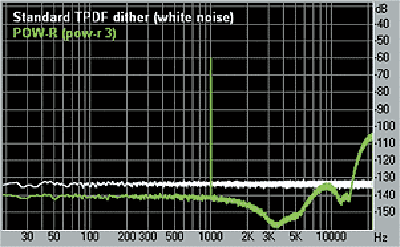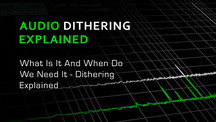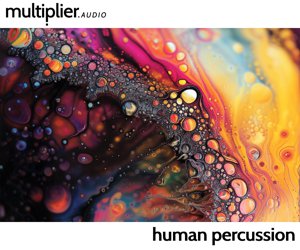Dithering Explained:
Dithering is a subject that when studied in detail can be quite complicated. I have briefly outlined what Dithering is and when to apply it with the hope that it clears up any initial interest in the the term ‘to dither’.

What is Dithering?
Dithering is required whenever you reduce the bit-depth of an audio file. Typically, when reducing a 24-bit mix to 16 bits for putting onto a CD. Dither is a very low-level noise that’s added when reducing bit depth, and by definition it’s about 90 dB below the music when reducing to 16 bits. Most people would have a hard time hearing noise that’s 60 dB below the music, since the music masks the noise. Yet if you ask a dozen audio recording engineers if dither is necessary when going from 24 to 16 bits, every one of them will say yes.
When to apply Dithering?
Do not apply dithering to anything unless you’re at the very last stage of production, as you’re transferring your material to the format you will be listening to it in. In most situations, you only want to apply dithering once, and the time to do it is just as you’re going to the CD that will be the Master CD for duplication during Mastering. There are a few really informative documents that go into detail about dithering and the algorithms behind it. One of the better ones came from soundonsound.
Sources: www.ethanwiner.com and www.playgroundstudios.com









